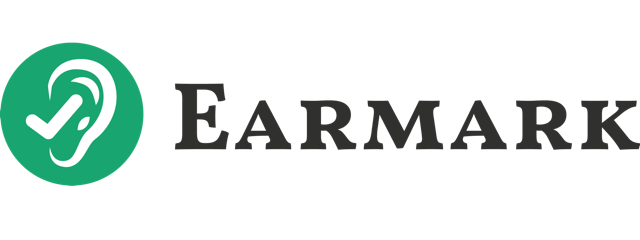What if you could transform complex tax strategies into clear value that clients appreciate?
As a tax professional, you’ve probably spent countless hours developing strategic tax-saving initiatives, only to find that your clients don’t fully grasp the value of your work. They see only the final numbers on their tax returns, unaware of your intricate strategies to save them money.
This disconnect can impact your firm’s profitability and hinder the growth of valuable advisory relationships. That’s why effectively communicating the value of your advisory work is more important than ever.
Transforming Invisible Tax Work into Tangible Client Value
Traditional tax practices face a big challenge: your most valuable work often remains invisible to clients. It’s buried in work papers and lost among tax compliance details. In a recent Earmark Expo, FortunAI founder Bilal Mehanna showed how AI-powered tax advisory tools make this value visible and understandable.
“We’re shifting the mindset from an expense perspective to an investment perspective,” Bilal explains. With an easy-to-use dashboard, clients can see projected income, tax due, and implemented strategies in real-time. For example, a client who invested $22,000 in advisory services saw a return of $247,000 in tax savings—a 1,000% ROI.
The system provides detailed “receipts” of value, tracking every strategy implemented and the corresponding tax savings. Quarterly reports include visual aids like 10-year projection graphs, making long-term value easy to grasp. These reports break down tax projections by quarter, show year-over-year revenue changes, and display marginal and effective tax rates—helping clients understand the immediate and long-term effects.
“Most of the time, the strategies you implement for the client are put in an Excel sheet and then forgotten after a year,” says Bilal. “Now you have a system that keeps all the records.”
AI as Your New Partner in Tax Advisory
While documenting strategies is essential, integrating AI takes your tax advisory services to the next level. As an intelligent assistant, AI learns from client preferences and history to suggest relevant tax strategies. It maintains professional standards by sourcing information from verified authorities like IRS websites and professional tax publications.
“Think about having another assistant, another tax professional helping you, guiding you into strategies, reminding you of certain things,” says Bilal. The system uses a feedback loop that learns what each client prefers. If a client is interested in oil and gas investments, the AI suggests related incentives and strategies.
This AI assistance does more than make suggestions. It helps you quickly research and understand complex strategies, offering summaries and detailed analyses—all within the platform. When you find a potential strategy, you can read a concise description or dive deeper into comprehensive research, streamlining your workflow and saving time.
“One of the biggest pain points with professionals is that the client forgot about my strategies last year, or the year before,” Bilal points out. “This is just a consistent reminder: I saved you this much money in taxes this year and last year and the year before.”
Practical Steps to Leverage AI in Your Practice
Enhancing client relationships with AI doesn’t have to be difficult. Here are the steps you can take:
- Implement AI-Powered Tools: Use platforms like FortunAI to automate strategy documentation and show real-time value to clients. This can make your advisory services more efficient and impactful.
- Regularly Communicate Value: Provide quarterly reports to keep clients engaged and informed about their tax planning progress. This creates ongoing conversations instead of once-a-year meetings, strengthening trust and satisfaction.
- Leverage AI for Strategic Insights: Let AI help you identify and suggest new planning opportunities that match client preferences. This proactive approach can set your firm apart.
- Educate Your Team: Use the platform as a training tool to share knowledge across your firm. This ensures consistent service delivery and value communication, even as your team grows or changes.
Evolving Service Delivery and Pricing Models with AI
When you demonstrate value, it changes how you structure and price your services. “People want to pay for the planning… and don’t want to pay for the compliance,” notes Bilal, highlighting the shift in how clients perceive value. By consistently showing the ROI of your advisory work, you can confidently move away from pricing based solely on compliance tasks.
FortunAI’s per-client pricing model supports this value-based approach. “If the system saves just one hour of professional time per client, it pays for itself,” Bilal explains. This affordable pricing lets firms enhance client relationships by consistently demonstrating value.
“We’re not just going to disappear on you for the whole year and tell you to pay a tax bill,” says Bilal. “We’ll send you updated reports. Those things matter to the client, and there are no surprises.”
Your Next Step: Implementing AI to Bridge the Communication Gap
The communication gap has long prevented tax practices from capturing the full value of their advisory services. AI-powered tools are now bridging this gap, allowing you to document, demonstrate, and deliver value throughout the year. By automating strategy documentation, enhancing planning with AI, and regularly communicating value, you can transform client relationships, justify higher pricing, and build stronger client loyalty.
Ready to transform how your firm communicates value to clients? Watch the on-demand Earmark Expo session to see these tools in action. You’ll earn CPE credit while learning practical strategies for implementing AI-powered advisory tools in your practice.
